2013 Zero Motorcycles Lineup - Motorcycle.com
This week Zero Motorcycles unveiled its 2013 lineup, brandishing five new models – the S, DS, XU, MX and an all-new street model, the FX – as the most technologically advanced to date. Zero claims an average power increase of 99% across all models, with the flagship Zero S capable of achieving a claimed 137 miles on a single charge.
To do this, Zero completely redesigned the line, revising frames for each machine to provide improved ergonomics while facilitating the new hardware. The air-cooled Z-Force motor is also all-new this year, and is fed juice via higher voltage Z-Force power packs, ranging from 2.8 kWh to 11.4 kWh depending on model.
Another big development is drastically reduced charge times, despite the higher-capacity battery packs. Using an optional accessory, any 2013 Zero can be charged to 95% capacity in only an hour at the growing number of CHAdeMO charging stations throughout the country – the same stations you might expect to find a Nissan Leaf filling up. Otherwise, plugging in to your standard 110v wall outlet can take up to eight hours for a full charge.
An interesting new feature is the ability to sync your iPhone or Android phone via Bluetooth to see detailed motorcycle information and even adjust the performance at the push of a button. Think of it as an app to control your Zero.
Zero S and DS
Starting with the S and DS models, changes include new bodywork as part of a facelift to give each machine more attitude. Both models also get integrated storage compartments in place of a traditional fuel tank. The saddle now forms into a two-tier design to accommodate both rider and pillion more comfortably. The seat height of the S is a reasonable 31.3 inches, vaulted up to 34.4 inches on the DS due to its long-travel suspension.
There are still two power pack options like last year, though instead of 6 kWh and 9 kWh packs, both options have increased in capacity to 8.5 kWh and 11.4 kWh. Zero claims the motors crank out 54 horsepower and 68 ft.-lbs. of torque, and can reach a top speed of 95 mph. The main differences are price, weight and mileage.
The S model with smaller ZF8.5 power pack retails for $13,995, weighs 350 pounds and has an estimated range of 103 miles city, 53 highway and 70 combined. With the ZF11.4 power pack, price jumps to $15,995, weight to 382 pounds and mileage to 137 city, 70 highway, 93 combined.
Though prices for S and DS models are the same, the latter sees slightly lower mileage figures due to the higher rolling resistance of its knobby tires and its taller aerodynamic profile. Owners of the 363-pound DS ZF8.5 can expect to see mileage figures around 95 city, 46 highway and 62 combined. ZF11.4 numbers come out to 126 city, 61 highway and 82 combined for the 395-pound motorcycle.
S models will be available in either black or yellow, DS models in orange or green.
Zero FX
Billed as “the ultimate ‘do anything’ and ‘ride anywhere’ urban rebel motorcycle,” the new FX replaces the X model of yesteryear. Zero claims the FX is the fastest accelerating model in the line, thanks to the 70.0 ft.-lbs. of torque offered via the ZF2.8 or ZF5.7 battery packs. Curb weights are considerably light as well at 233 and 275 pounds, respectively.
Despite the equal torque figures, the ZF2.8 only produces 27.0 horsepower compared to 44.0 horses for the ZF5.7. The 2.8 models can also expect mileage figures of 35 city, 15 highway, and 21 combined -- roughly half the 5.7’s totals of 70 city, 31 highway and 43 combined. Oddly, both are claimed to reach a top speed of 85 mph.
A first in the category, the FX, XU and MX feature the world’s first truly modular quick-swap power-pack technology, meaning “riders can now use one or two battery modules and can upgrade any of the previously mentioned models from 2.8 kWh to 5.7 kWh in seconds.” According to Kenyon Kluge, Director of Electrical Engineering at Zero, “All batteries for the FX, XU and MX models are 2.8. If you run two batteries together, then you get a 5.7.”
Visually speaking, it appears the FX gets styling cues from the MX model, with its dirt-inspired single seat and front fender. It also sports aggressive tires that hint at mild dirt-worthiness.
Pricing starts at $9495 for the ZF2.8 variant, going up to $11,990 for the ZF5.7
Zero XU and MX
Meant as Zero’s utilitarian and motocross offerings, the $7995 - $10,490 XU and $9495 - $11,990 MX, respectively, return for 2013 relatively unchanged in the styling department. Look beyond outward appearance and you’ll find both motorcycles benefit from Zero’s latest motor and battery technology.
Both the XU and MX are available with either ZF2.8 or ZF5.7 power pack, with the quick-change feature mentioned earlier. Since the XU is meant for the budget-conscious motorcyclist, mileage takes precedence over power. Regardless of battery pack, Kluge says the XU’s motor controller and MBB, or Main Bike Board (think ECU on gas bikes), limits power output to 28 hp and 42 ft.-lbs, while also achieving up to 76 miles on a single charge (38 with the ZF2.8).
Unlike the XU, the MX is allowed to tap into the 68 ft.-lbs. of torque available from either battery, with small and big batteries making 27 and 54 horses, respectively. This equates into an 85-mph top speed, according to Zero, and up to 140 minutes of ride time. Of course, the big advantage to the MX model adapting the new, more powerful battery packs is the increased power, which means the ability to comfortably launch off significantly larger jumps at the motocross track.
In terms of weight, the MX with ZF2.8 battery pack weighs 223.0 pounds, four less than a 2013 Honda CRF250. Move up in weight class and the ZF5.7 isn’t so lucky, tipping the scales at 265 pounds – 20 pounds heavier than a CRF450. Of course, the Zero MX buyer likely isn’t deciding between the two. At least not yet.
Pushing the Envelope
With the release of these five models, Zero is showing it’s aiming to be at the forefront of technology in the mass-produced e-bike field. The S, DS and FX should make its predecessors feel completely obsolete. And though the Brammo Empulse still promises better performance, until we can get one in our hands to test, it’ll remain conversation fodder.
All five new Zero models will be available in dealers come January, 2013.
Related Reading
Racing Electric Motorcycles - Video
EV Live Oregon Report
2012 Brammo Empulse and Empulse R First Look
Recharging TTXGP
2012 Zero DS Review - Video
The State of Zero in 2012 and Beyond - Video
2012 Zero Electric Motorcycle Lineup Unveiled - Video
All Things Electric Motorcycles On Motorcycle.com
More by Troy Siahaan



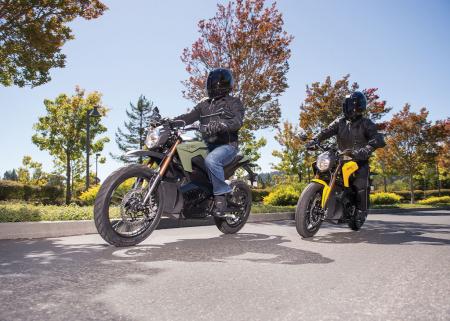














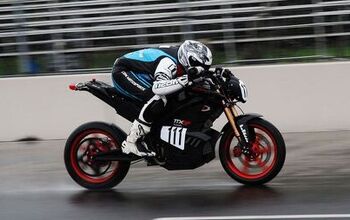
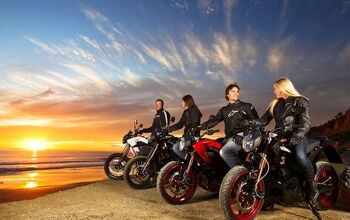
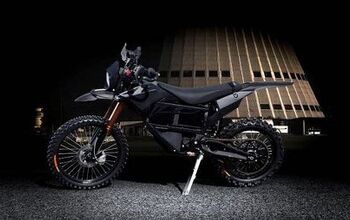
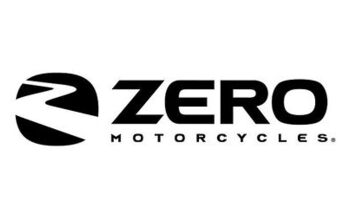












Comments
Join the conversation